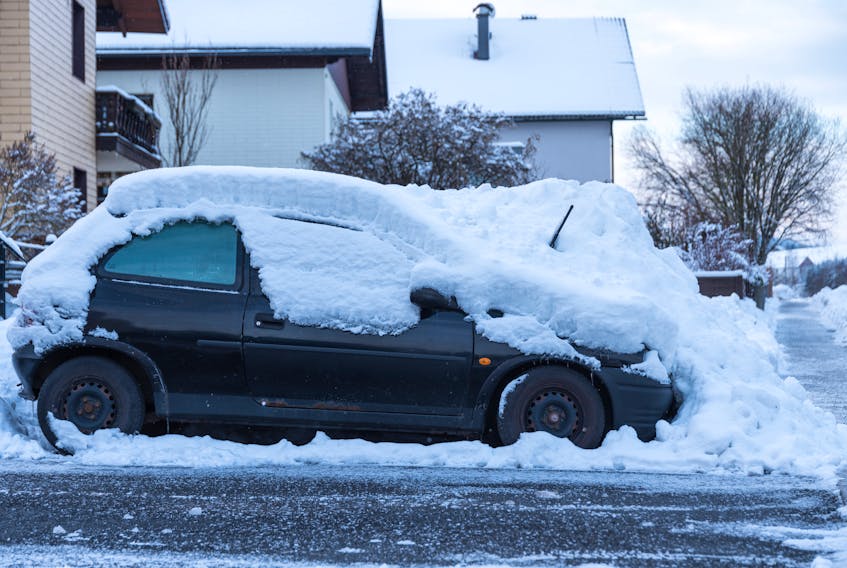Nothing beats an older vehicle battery into submission like a good solid cold snap from Old Man Winter. But this season, we’ve got another new ingredient to add to a recipe for inconvenient no-starts: reduced travel due to pandemic restrictions.
In a traditional combustion-engine vehicle, the battery loses a substantial amount of its charge when starting in colder weather.
A normal commute, involving some higher speeds, is usually all it takes for the auto’s charging system to replenish this loss while supplying power for engine operations, heating, lights, and other power requirements. But short, lower-speed runs, combined with extended periods of downtime and colder temperatures, can combine to take their toll on even the best batteries in good condition.
Not only that, but when a charge-depleted acid battery is exposed to sub-zero temps, the liquid electrolyte inside it can freeze and expand, leading to permanent cell damage. From the outside, this appears as a bulge in the side of the battery. You should never try to boost or recharge one in this condition.
Dealing with parasitic draw
If all this wasn’t enough, most of today’s vehicles are packed with multiple onboard computers, and most of them require a continual supply of electrical power to maintain memory and function. In normal circumstances this parasitic draw, as it’s known, will never cause a driver a moment’s worry. But add everything listed above into the mix, and you can predict the results.
If you use one of those data-collector devices to obtain a discount from your insurance company, be warned that these little plug-ins tend to keep the main engine-control computer from going into its hibernation low-power mode, which it normally does after an hour of key-off time. So, you’ve got another drain on your battery.
Try a trickle charger

The solution might be a trickle charger. Like everything else auto-related, these handy little helpers have evolved and now come in small, weatherproof cases that easily fit under the hoods of even tightly-packed engine bays. If you can find a safe and secure site with proper mounting, you can even leave these in place for the colder seasons, and run their power cord out through the front similar to a block heater line. Good-quality battery trickle chargers are available for as low as $50, such as Battery Tender Junior at Canadian Tire.
But before you head out shopping, check your needs. Know what type of battery you have, such as regular lead-acid, absorbed glass mat (AGM), deep-cycle, etc. Some chargers will handle multiple types, but some do not.
Be sure you know what you’ll need
Trickle chargers that put out fewer than two amps are really only good for maintaining a battery, but if you want something that will bring a dead unit back to life in less than a day, there are small chargers with variable output settings. A unit with a maximum output of 12 to 15 amps can handle most personal vehicles, and should be on your shortlist if you’ve got multiple vehicles in your home fleet.
There are also handy units with a de-sulphation setting that can help to remove performance-robbing sulphate deposits. These devices can detect these build-ups and recommend switching to the de-sulphating mode when needed. A little prevention is necessary to avoid getting that dreaded “click” on a cold winter morning.









